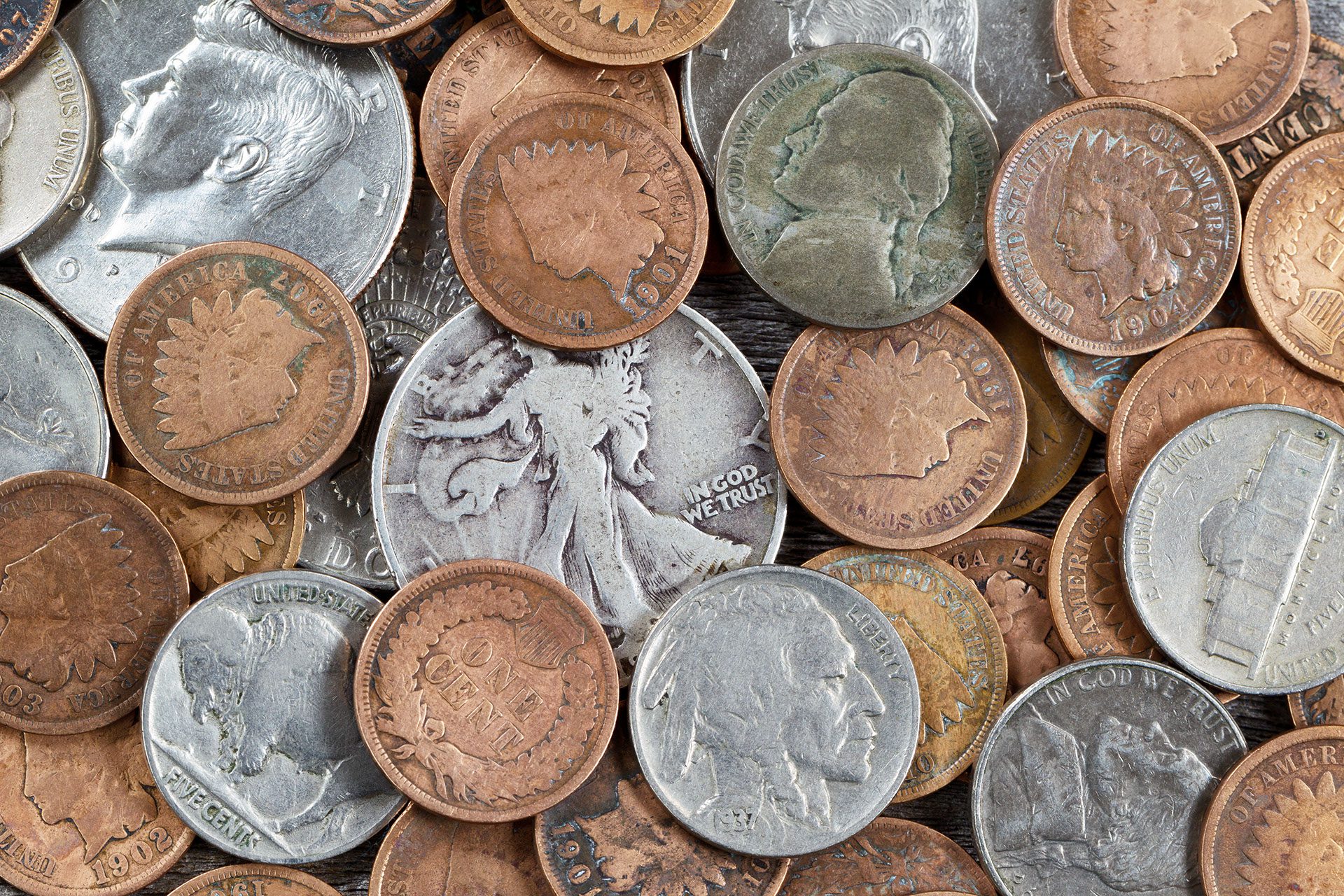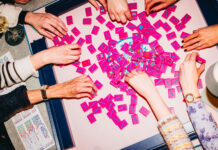Wayne Gretzky does it. So does Kareem Abdul-Jabbar, along with legend Sir Paul McCartney.
Stars from every genre and period can be found in the Hall of Fame of their own respective specialties, but many are also playing in the big leagues of numismatics.
Defined as “relating to or consisting of coins, paper currency and medals,” numismatics may seem like something you’d only see retirees enjoying. However, coin collecting is a hobby that people of all ages can appreciate.
A large percentage of collectors start with one specific find, which leads to a drive to complete full sets. Others take a shining to the activity from an enthusiastic relative.
“My dad had a coin collection when I was growing up,” says Tulsa collector Scott Hannaford. “I always admired it.”
Hannaford, who now has a young son of his own, hopes to pass down his growing collection and his love of coins.
“The U.S. Mint releases collectors proof sets every year,” he says. “2019 was the first year that every coin was struck in .999 silver. The whole collection is about 1.65 ounces of silver.” After this set was released, Hannaford started focusing on coins with both silver content and historical significance. His favorite piece thus far is his 1888 uncirculated Morgan Silver Dollar from the New Orleans Mint, which was also part of the Great Southern Treasury Hoard.
Will Miller, owner of Absolute Diamond and Gold Buyers in Oklahoma City, had a wealth of information. His first piece of advice is simple.
“Never clean your coins,” he says. Even wiping what you see as a smudge of dirt can permanently diminish the coin’s value.
“Cleaning can cause micro-scratches to the surface of the coin, cutting the value of the coin by as much as half,” he says.
Coins can range from face value to sky-high, says Miller. He tells a story about a young woman who was gifted a coin when a loved one passed. She had no idea she had something valuable, and went from hoping to get $10 to realizing she had a highly sought-after coin that would go for over $1,000.
“It’s a treasure hunt,” says Miller.
There is always the risk for counterfeit coins, but he says that modern coins are much harder to fake. With a coin grading system, and following exacting measurements, it’s not terribly easy to pass off a fake.
“Older coins from about 1964 and before are about 90% silver,” he says. “We check measurements from all angles to ensure that what we have is, indeed, real.”
As part of spring cleaning, it may be time to check out the coin jar you’ve been saving for a rainy day – you never know what kind of treasure you’ll find.


























